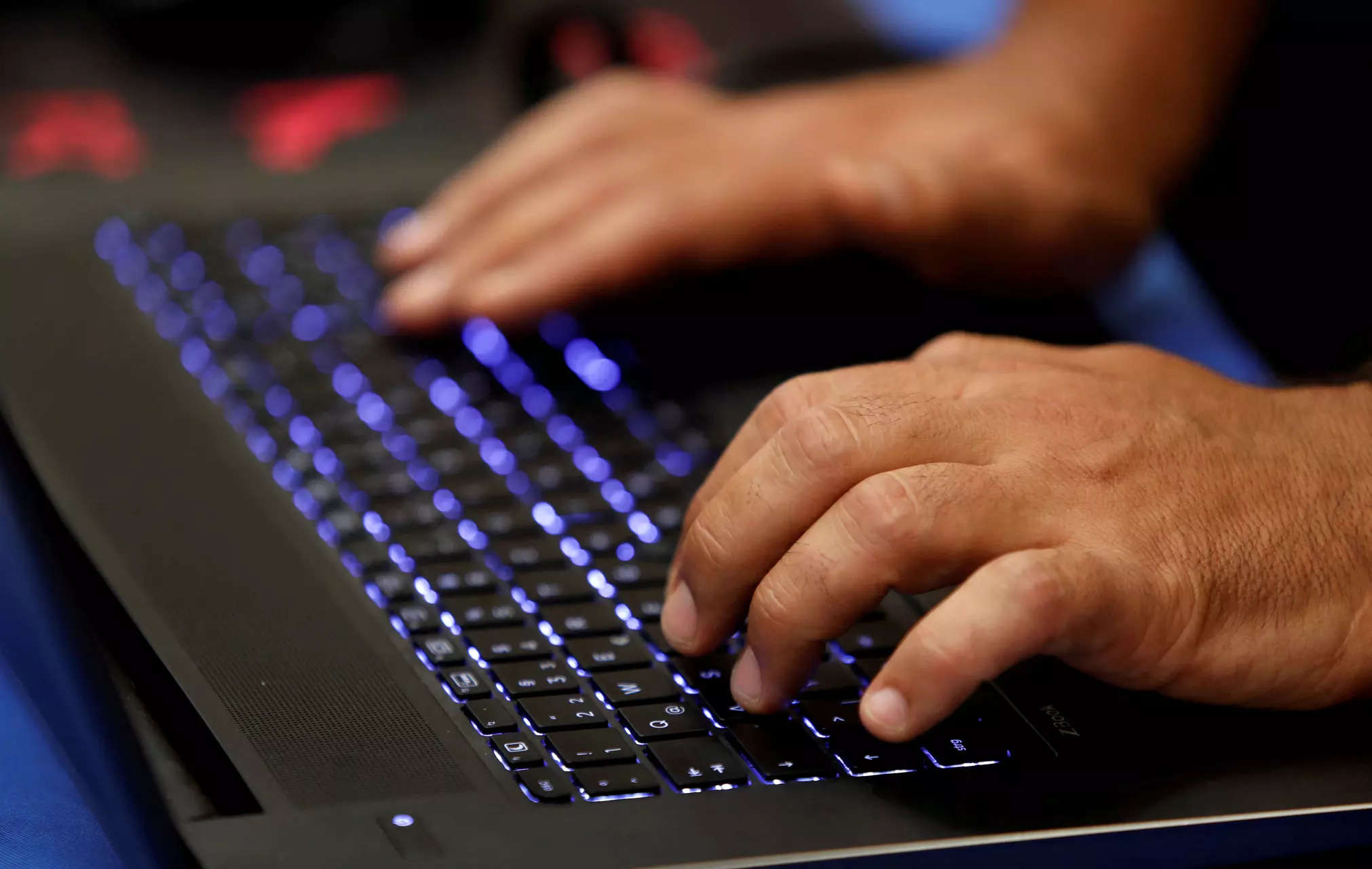How this can help hackers
According to a study published by Cornell University (spotted by NY Post), this AI tool can help hackers to steal user passwords with near-perfect accuracy. The AI model can “listen” to an unsuspecting person’s keystrokes and steal their credentials. When the AI program was tried on a nearby smartphone, it was successful in reproducing the typed password with 95% accuracy.
The AI tool was also able to accurately “listen” to typing through the laptop’s microphone during a Zoom video conference. The researchers said that the AI tool was able to reproduce the keystrokes with 93% accuracy. This type of attack is called acoustic side-channel attack.
What is an acoustic side-channel attack?
In this type of attack, hackers monitor the typing to breach their accounts. The researchers warned that many users are unaware of the risk posed by such attacks.
“The ubiquity of keyboard acoustic emanations makes them not only a readily available attack vector but also prompts victims to underestimate (and therefore not try to hide) their output. For example, when typing a password, people will regularly hide their screen but will do little to obfuscate their keyboard’s sound,” the study explained.
How researchers tested the AI model’s accuracy
To gauge the accuracy of the AI tool, the researchers pressed 36 of the laptop’s keys a total of 25 times each. With each press, the researchers varied the pressure and finger to confuse the model.
However, the program “listened” and successfully identified elements of each key press, like sound wavelengths. While testing with the smartphone, which was an iPhone 13 mini, it was placed 17 centimetres away from the keyboard.


